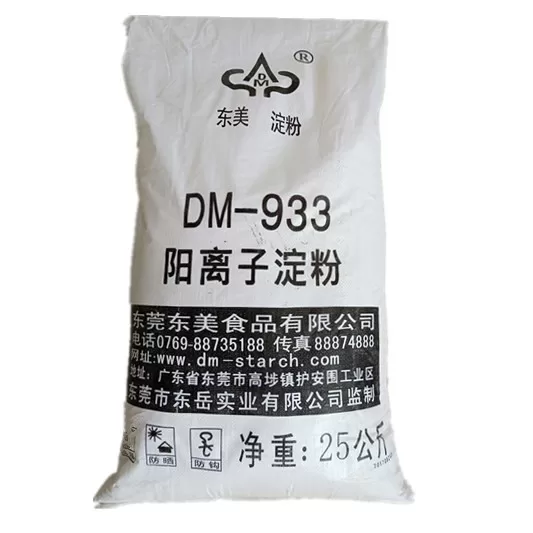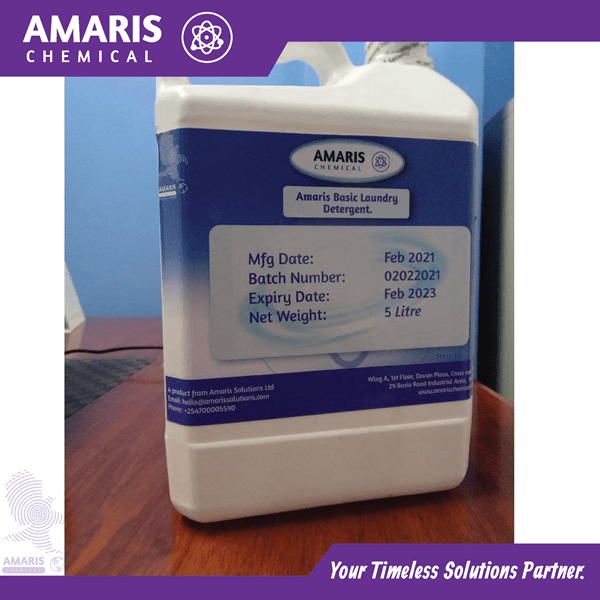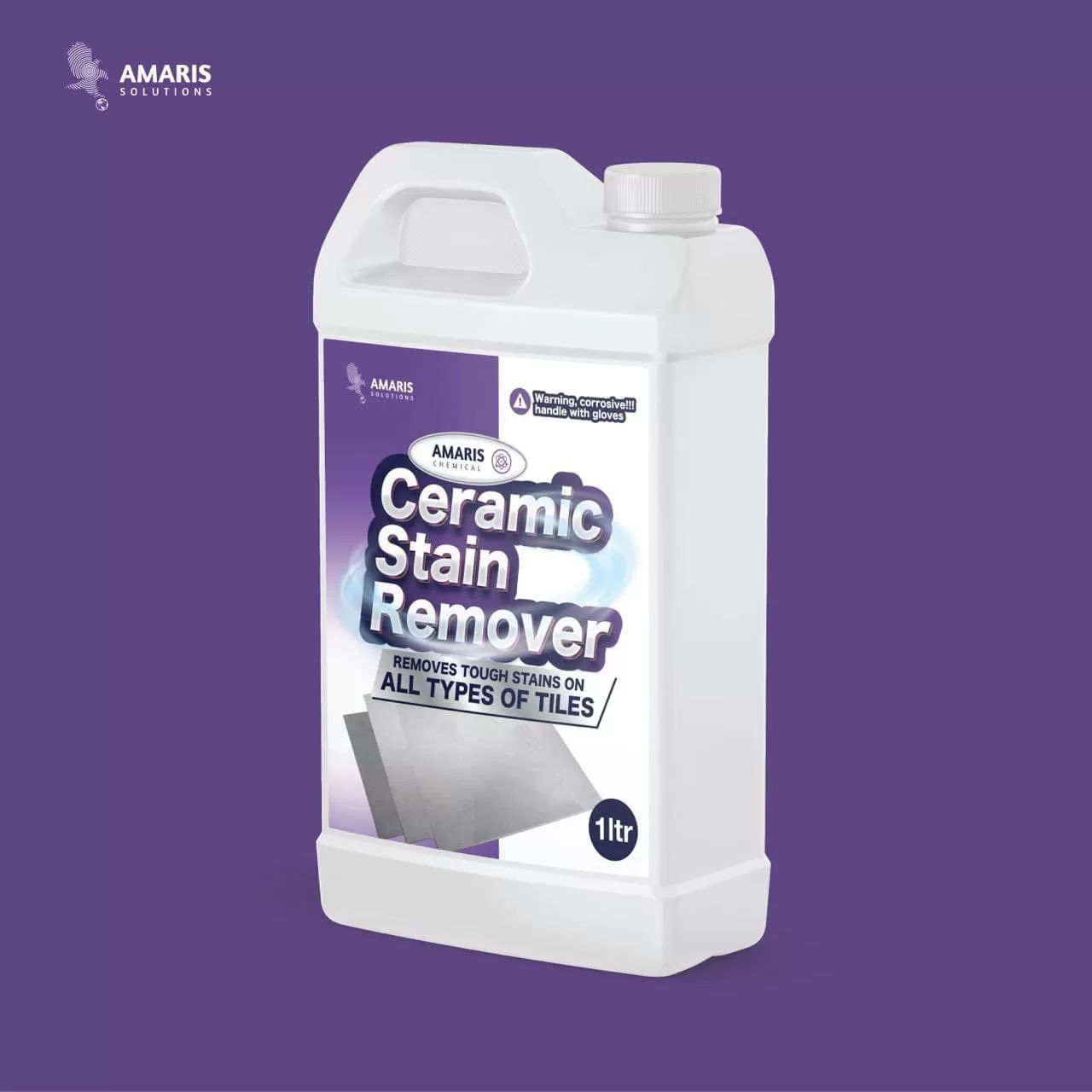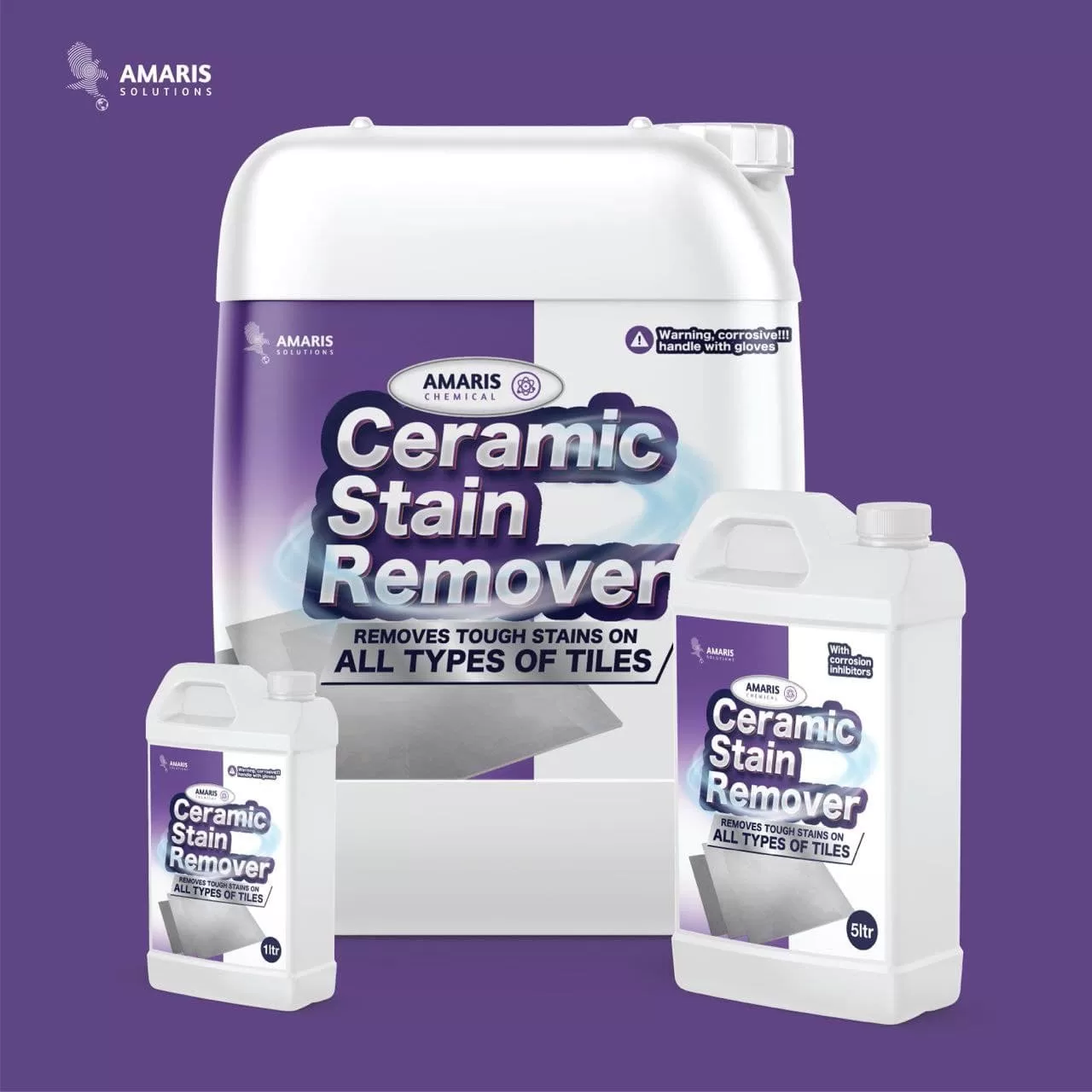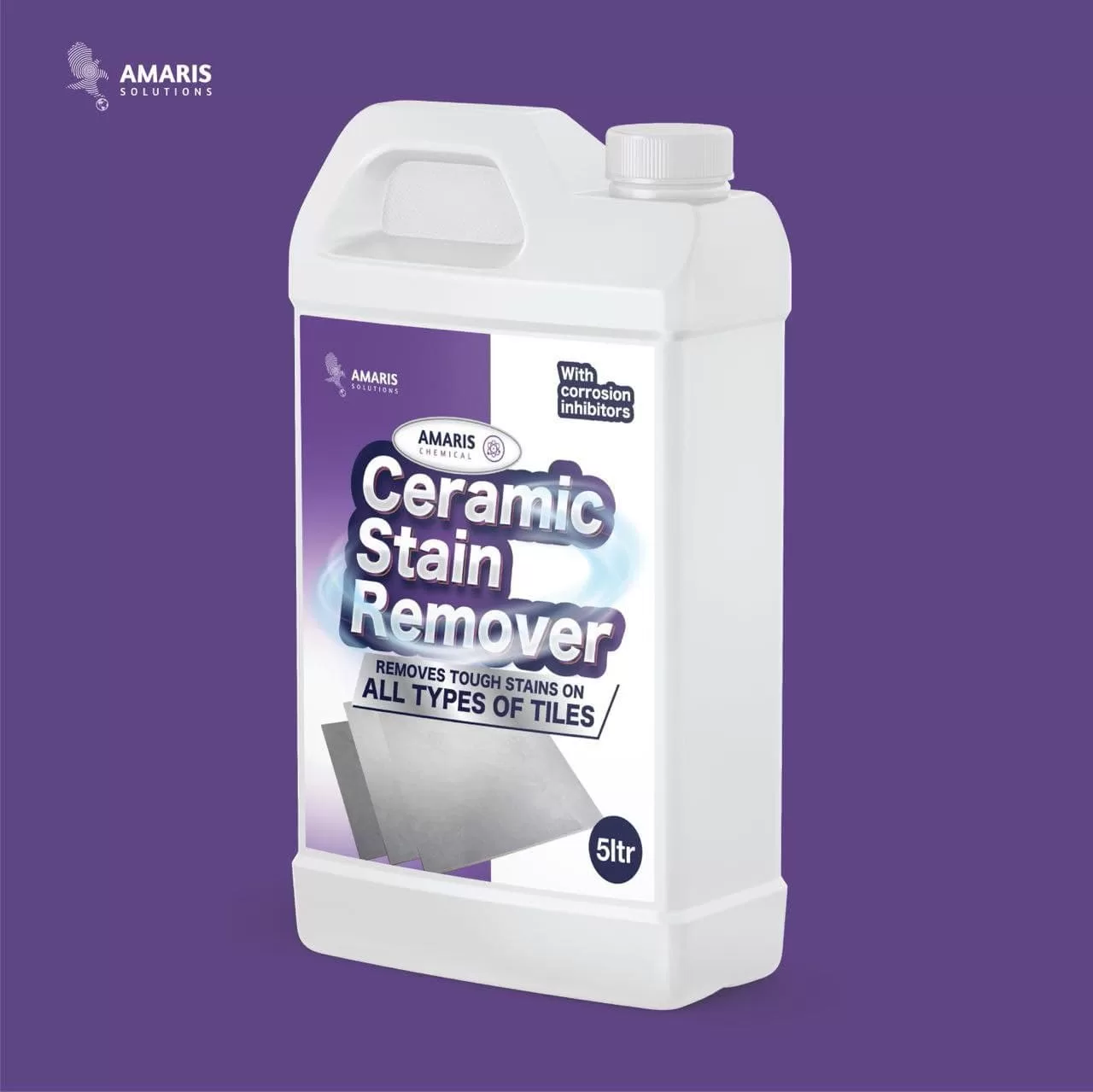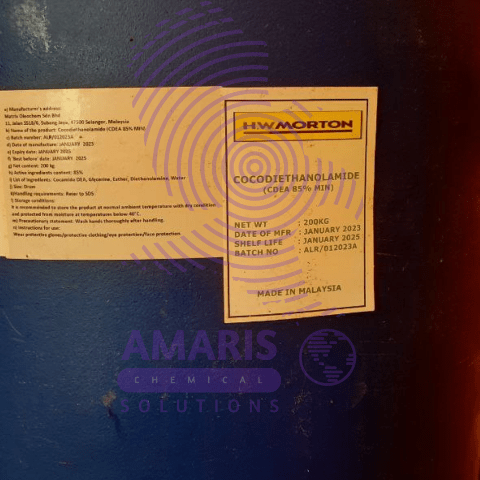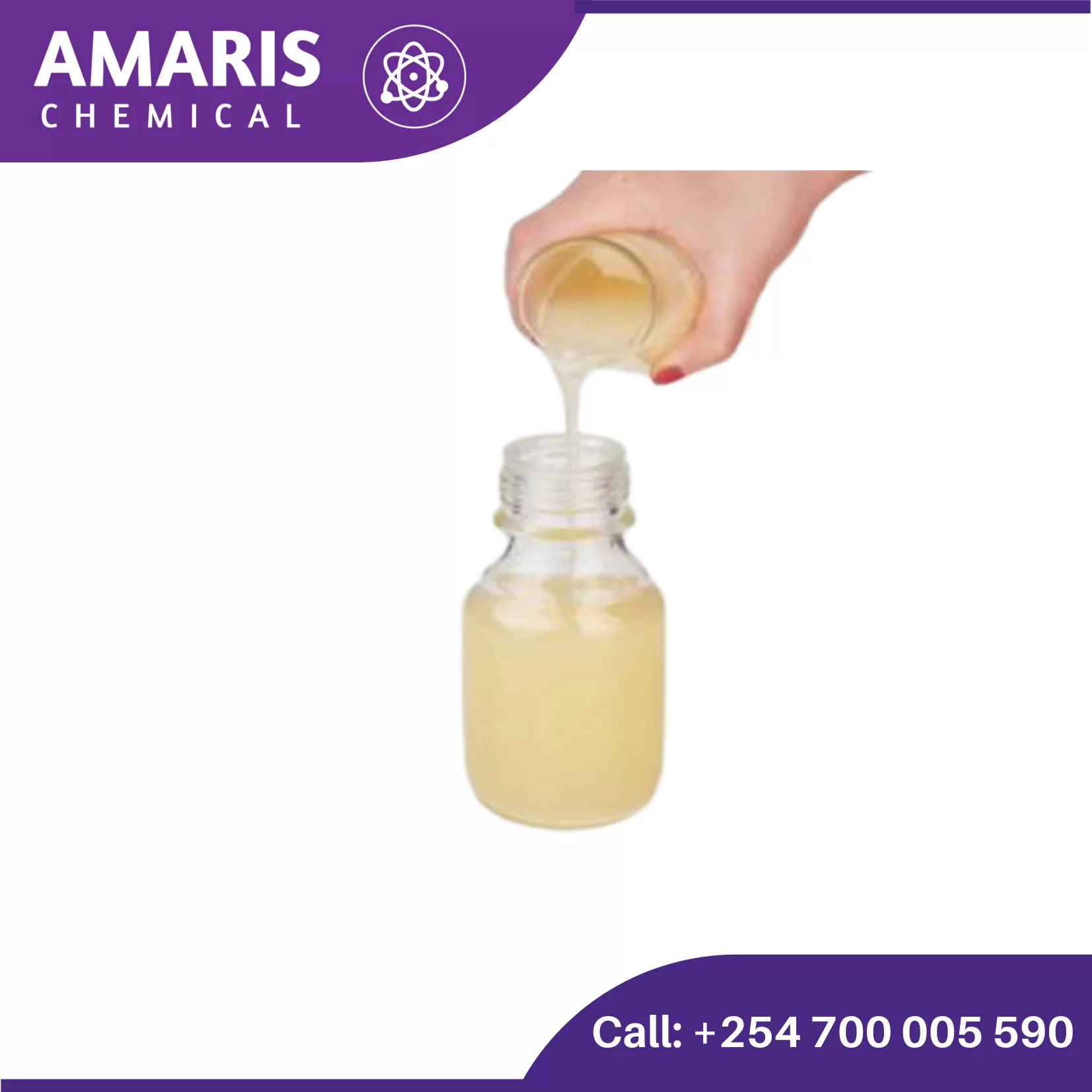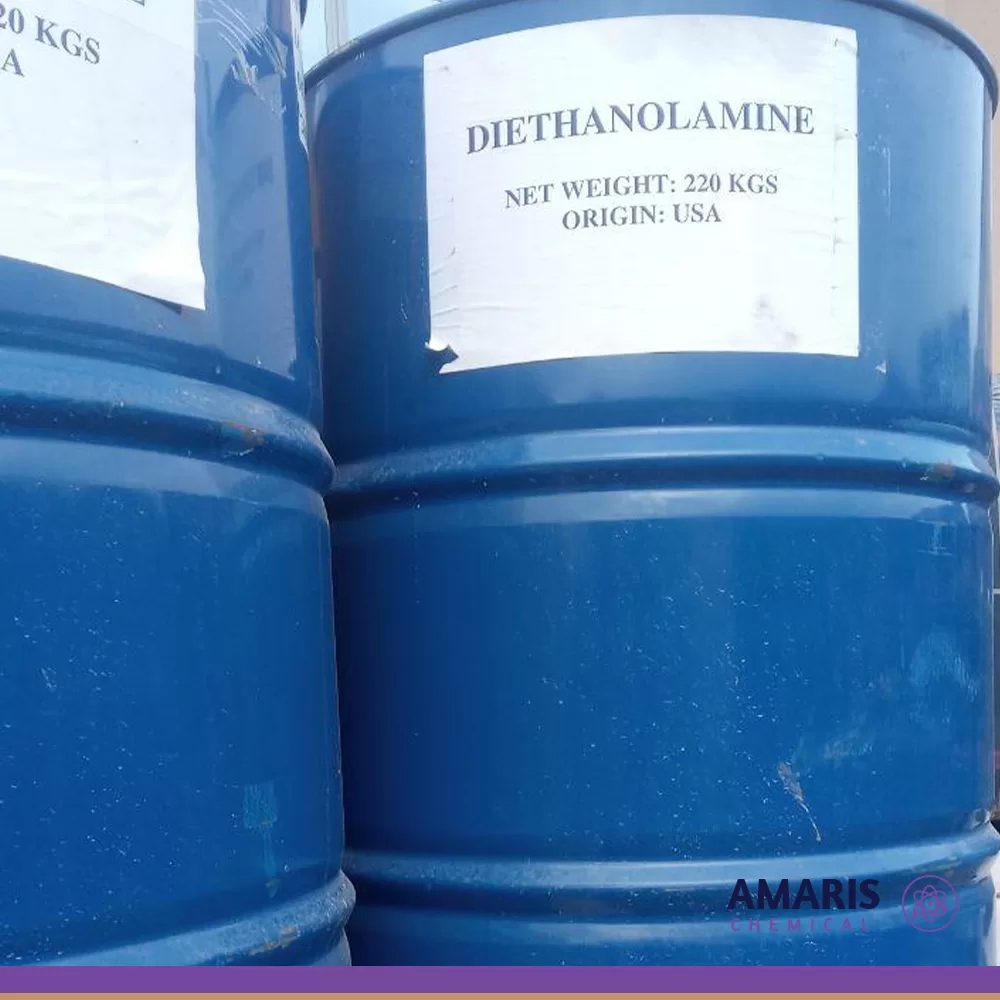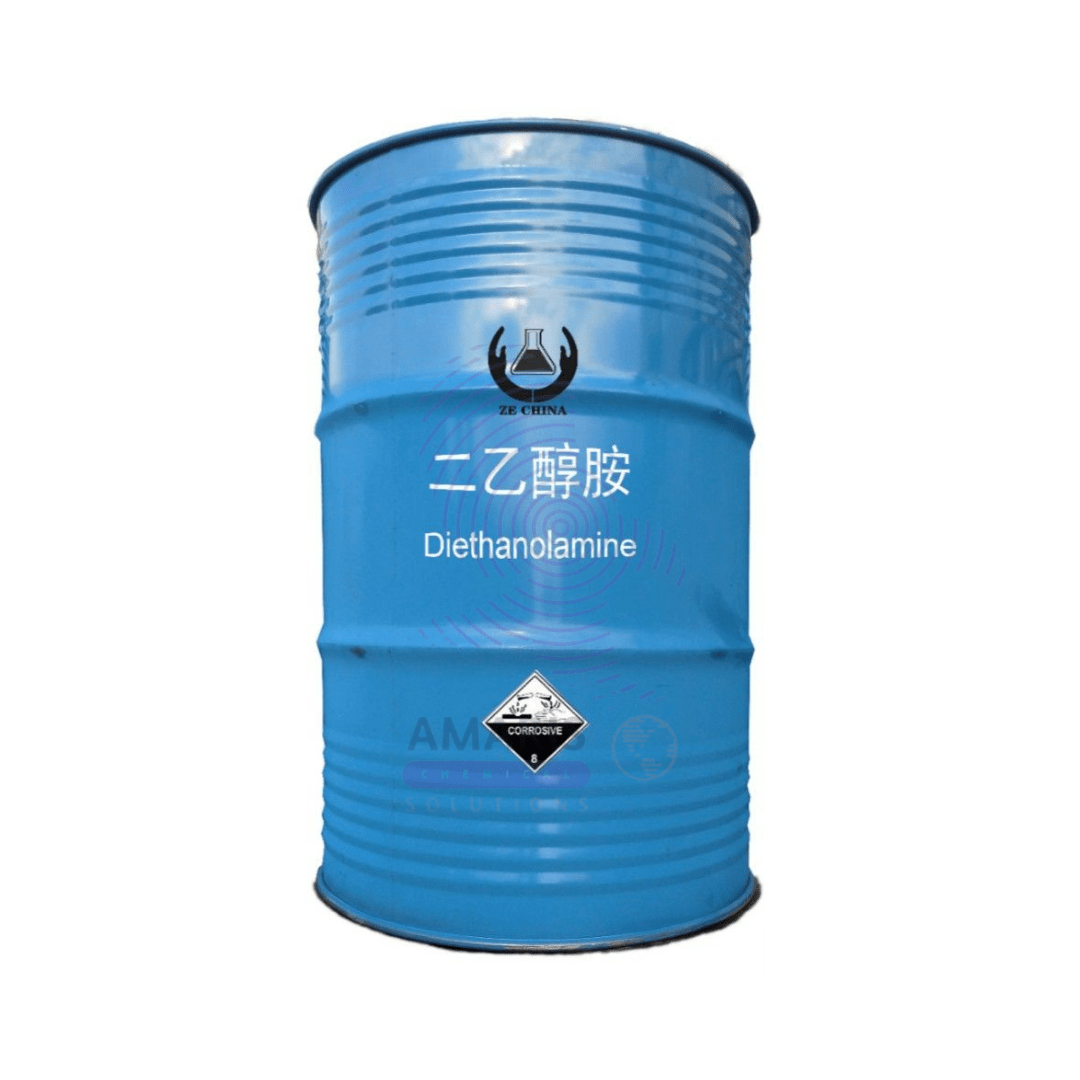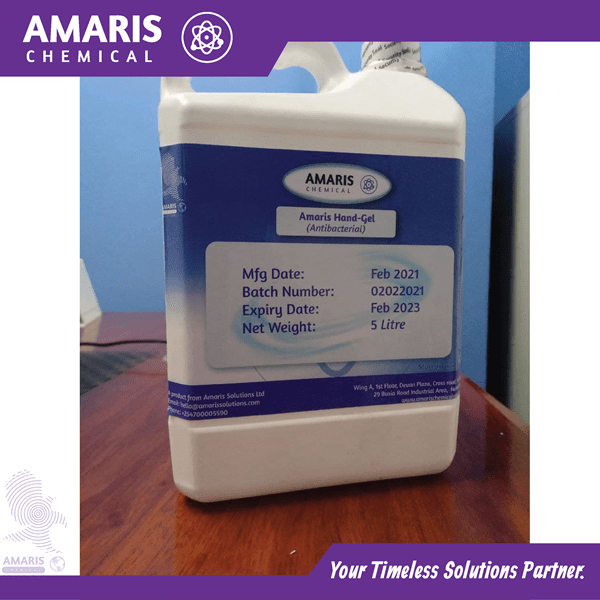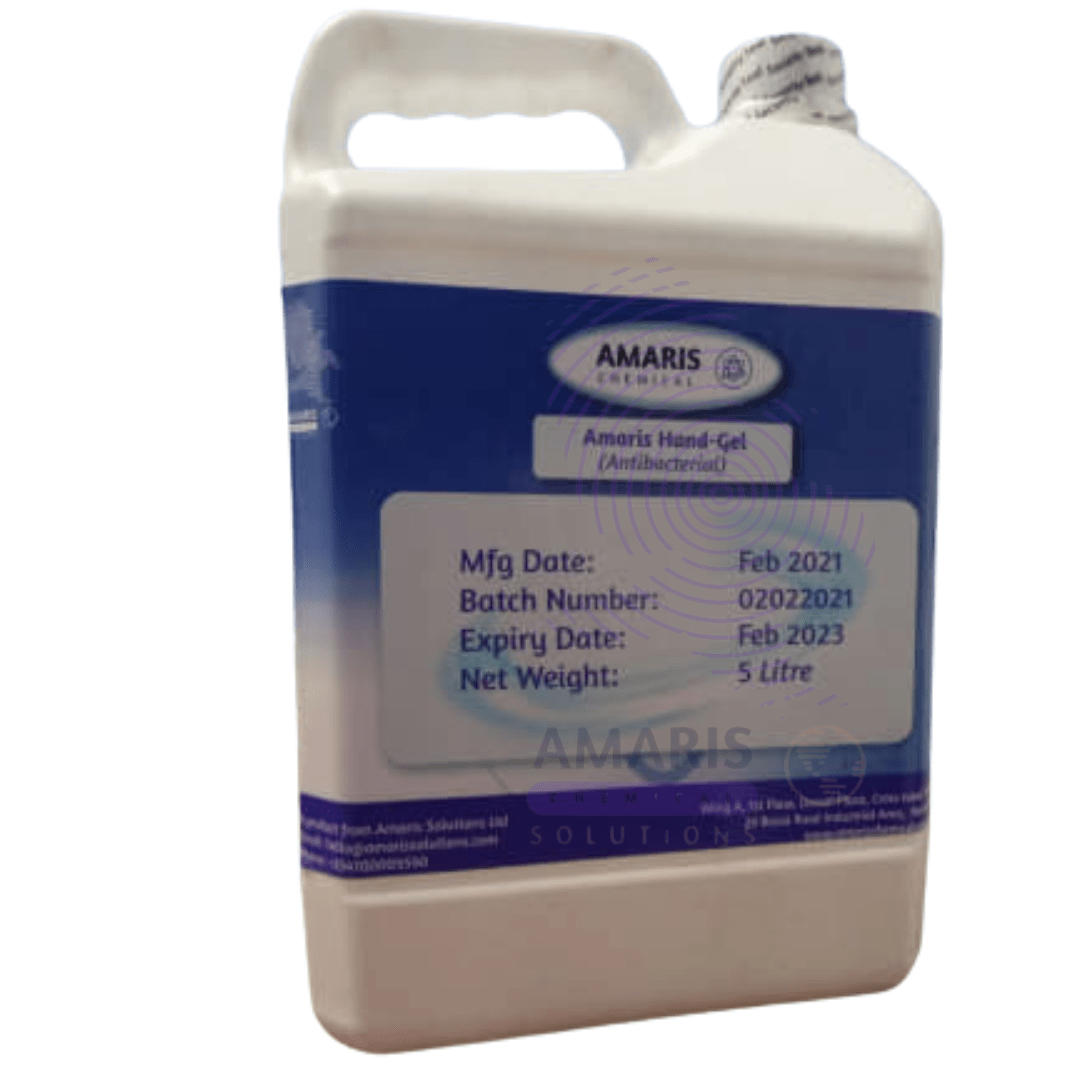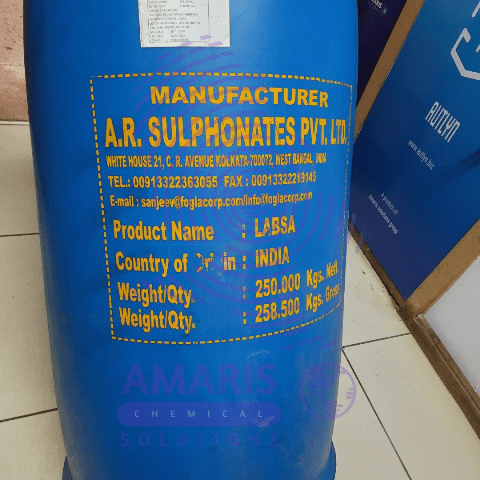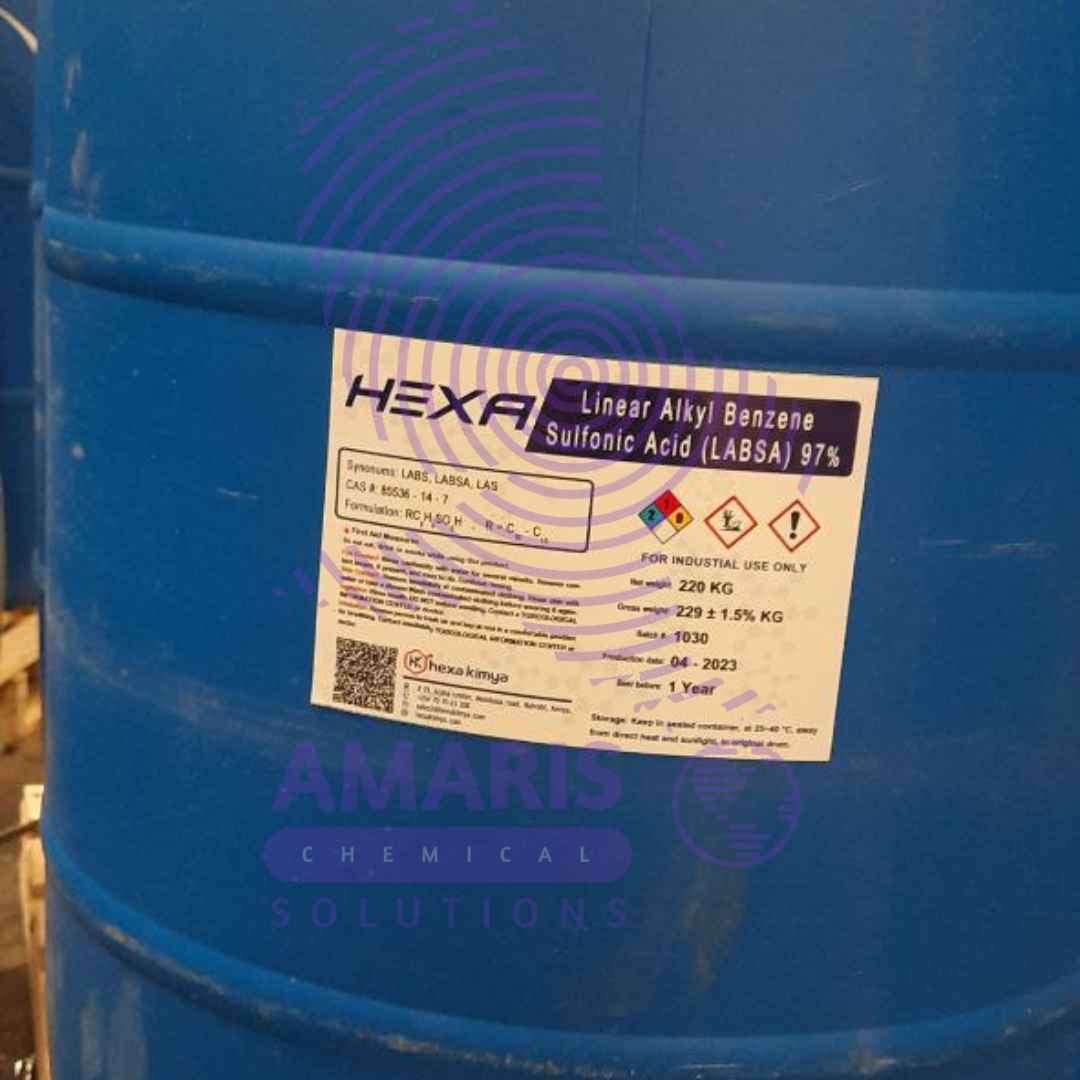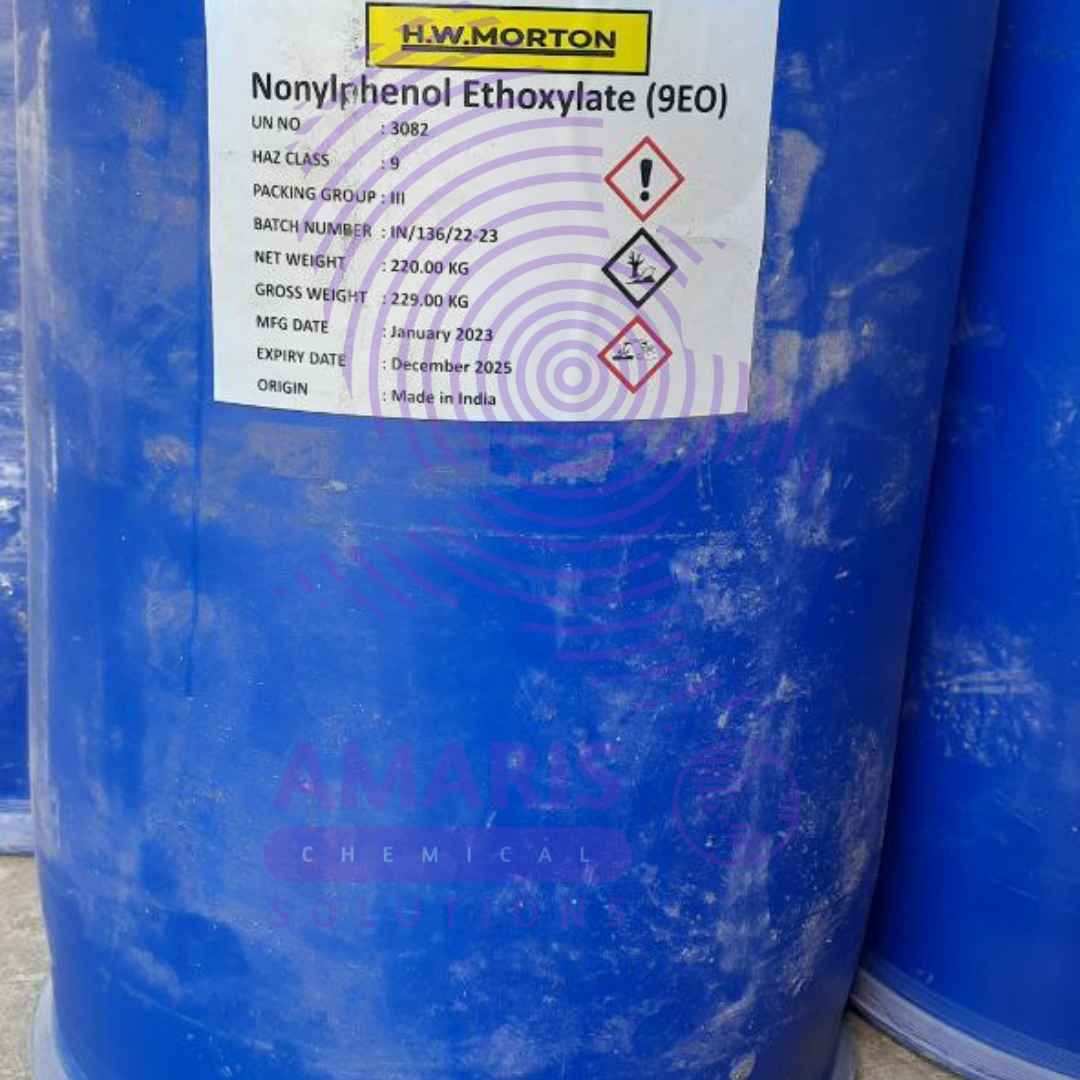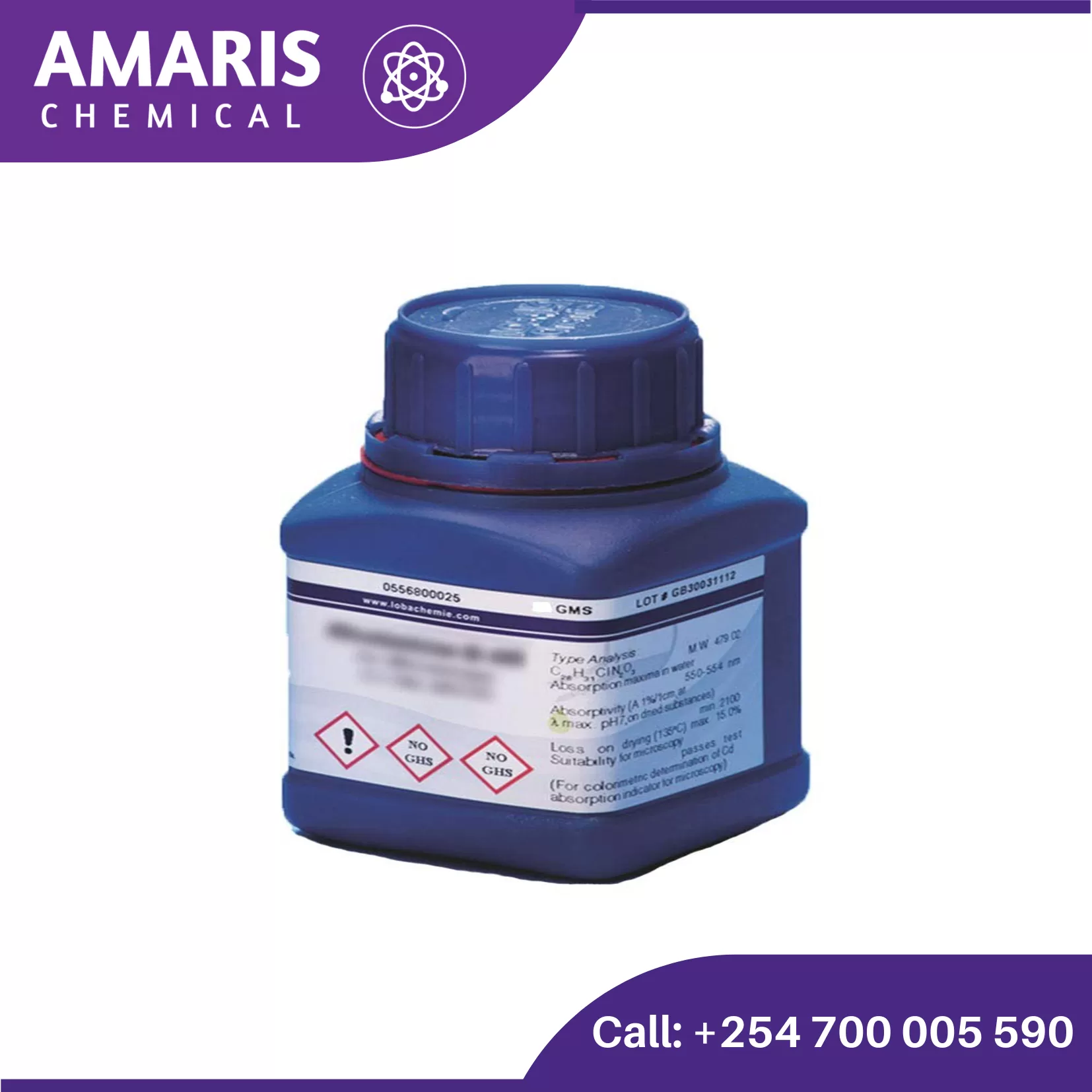Amphoteric 25kg
Amphoteric refers to a substance or compound that has the ability to react as both an acid and a base. In other words, it can either accept a proton (H+) to act as a base or donate a proton to act as an acid, depending on the conditions of the reaction. The term "amphoteric" is often used in the context of chemistry to describe species that exhibit this dual nature of reactivity.
Basic Laundry Detergent
CocoDiethanolamide CDEA
Cocamide DEA (CDEA), also known as cocodiethanolamide, is a type of non-ionic surfactant derived from coconut oil. It is commonly used as a foaming agent, emulsifier, and viscosity builder in various personal care and household cleaning products, such as shampoos, bath gels, liquid soaps, and detergents. CDEA is valued for its ability to enhance the performance of other ingredients in a formula, as well as its mildness on the skin and hair
Defoamer
A defoamer, also known as an anti-foaming agent, is a chemical additive that reduces and eliminates foam formation in liquids. Foam is formed when gas is trapped in a liquid, and it can cause problems in various industrial processes, such as in the production of food and beverages, pulp and paper, and wastewater treatment. Defoamers work by destabilizing foam bubbles and breaking them apart, allowing the gas to escape from the liquid. They typically contain surfactants or oils that spread over the surface of the liquid to disrupt foam formation. Defoamers are available in various forms, including liquid, powder, and emulsion, and are used in a wide range of industries to improve process efficiency and product quality
Diethanolamine [C4H11NO2 or (CH2CH2OH)2NH]
Hand Gel
Labsa (Ufacid) 90% 250 kg Drum
LABSA stands for Linear Alkyl Benzene Sulfonic Acid, which is an anionic surfactant commonly used in the production of detergents and other cleaning products. It is produced by sulfonating linear alkyl benzene (LAB), which is derived from crude oil or kerosene. LABSA is a brown viscous liquid with a strong odor and is highly soluble in water. It is a versatile surfactant that has excellent foaming and cleaning properties and is widely used in various industries, including household cleaning, personal care, and textile processing.
Nonylphenol Ethoxylate 220kg
Uses of Nonylphenol ethoxylate (NPE)
Nonylphenol Ethoxylate is a surfactant compound that belongs to the family of alkylphenol ethoxylates. It is produced by ethoxylation, a process that involves adding ethylene oxide molecules to nonylphenol, resulting in a chain of ethylene oxide units attached to the nonylphenol core. The number of ethylene oxide units added can vary, resulting in different forms of NPEs with varying degrees of ethoxylation. NPEs are commonly used in industrial and commercial applications as detergents, emulsifiers, wetting agents, and dispersants due to their excellent surfactant properties. They possess both hydrophilic (water-loving) and lipophilic (oil-loving) properties, making them effective in reducing surface tension, enhancing the mixing of oil and water, and improving the solubility of various substances. However, it is important to note that NPEs have raised environmental concerns. They have been found to be persistent in the environment and can potentially bioaccumulate, leading to harmful effects on aquatic organisms and ecosystems. Due to their potential adverse impacts, the use of NPEs has been restricted or banned in certain regions, and alternative surfactants with lower environmental impact are being sought.Sodium Diphenylamin Sulphonate
Sodium diphenylamine sulfonate (SDS) is a chemical compound used primarily as an antioxidant in various industries, including the rubber and petroleum sectors. It helps prevent oxidation and degradation of materials by acting as a stabilizer. SDS is also utilized in some water treatment processes to inhibit corrosion.










